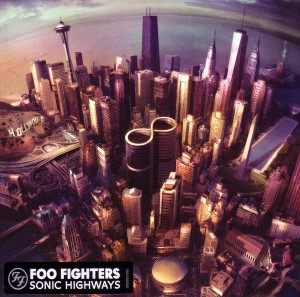
..:: audio-music dot info ::.. |
| A l b u m D e t a i l s |
 |
Label: | RCA Records |
| Released: | 2014.11.10 | |
| Time: |
42:03 |
|
| Category: | Hard Rock | |
| Producer(s): | Butch Vig, Foo Fighters | |
| Rating: | ||
| Media type: | CD |
|
| Web address: | www.foofighters.com | |
| Appears with: | ||
| Purchase date: | 2015 | |
| Price in €: | 1,00 | |
| S o n g s , T r a c k s |
| A r t i s t s , P e r s o n n e l |
| C o m m e n t s , N o t e s |
"Well, I’ll tell you, we have been in our studio writing and in the past few weeks we’ve written an album and we are going to make this album in a way that no-one’s ever done before and we’re pretty excited about it... It’s a little ways off – it’s not ready to happen right now – but I think next year is going to be a really big year for the Foo Fighters, without question."
| L y r i c s |
| M P 3 S a m p l e s |